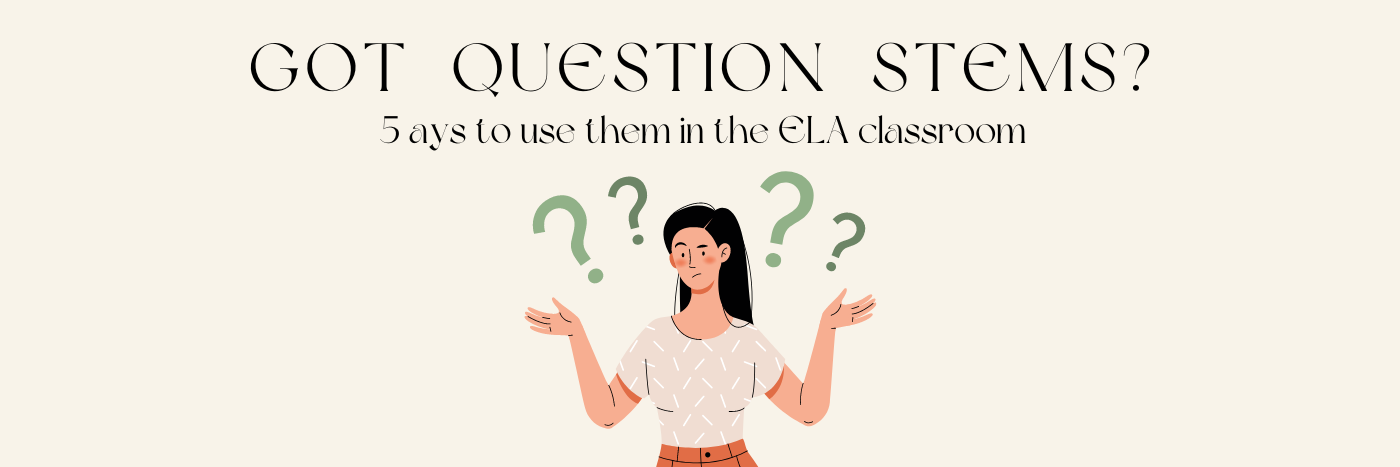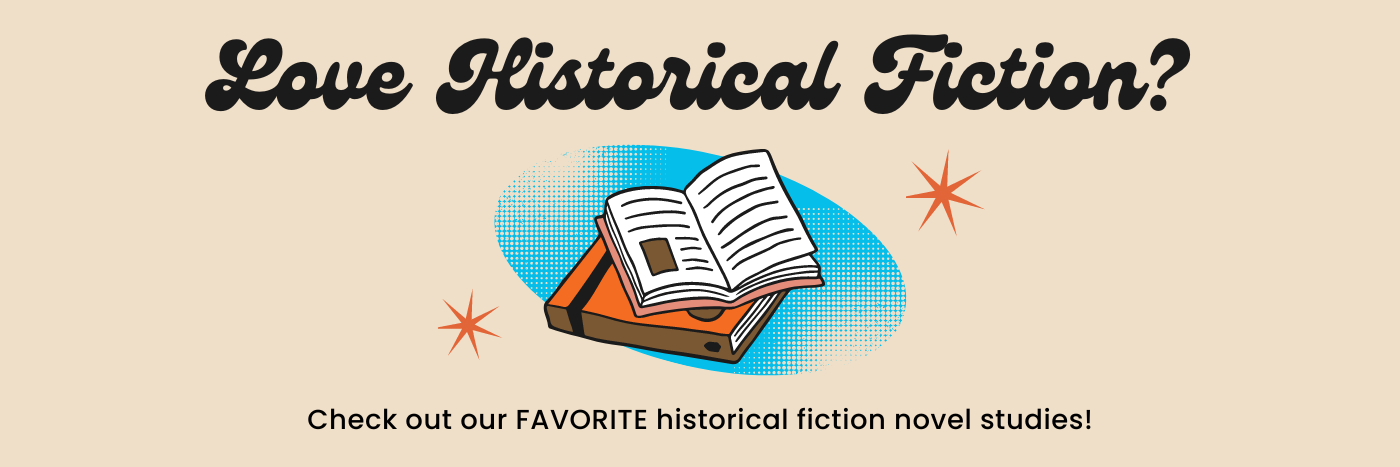
The Circus of Stolen Dreams by Lorelei Savaryn – Book Review
 |
Title: The Circus of Stolen Dreams Author: Lorelei Savaryn Publisher: Philomel Books Release Date: September 1, 2020 |
For three years, Andrea has silently mourned her brother’s disappearance in solitude. Her sadness and guilt leave little room for much else in her life. When her parents inform her that the rest of Francis’s things are to be removed from the house, Andrea yearns to escape the despair threatening to overtake her life. Then, after she stumbles upon a magnificent and magical circus, Reverie, she jumps at the chance for one night, just one night, free from the weight of her sadness. The price? One dream, nightmare, or memory. Andrea, desperate for relief, obliges. The choice thrusts her into a world of dreams, carefree fun, and everything wonderful a kid could imagine. However, something insidious lurks underneath Reverie’s facade. Andrea realizes this magical world is not what it seems, but she will need to overcome her own demons in order to defeat the sinister forces that trapped her in this nightmare world.
Lorelei Savaryn’s The Circus of Stolen Dreams is a vivid and thrilling fantasy. Its fast-paced plot and twists and turns will keep readers on the edge of their seats. Savaryn cleverly leaves crumbs and clues throughout the story about its trajectory, making readers feel like a young Hansel and Gretel on their way to a witch’s house. In addition to the suspenseful writing, the author’s descriptive prose brings Reverie to life. The circus’s dreams are tangible, its distortion of reality believable, and its emotions visceral. With an Inception-esque (2010 Christopher Nolan film) quality, readers may be left wondering about the authenticity of such a neat and tidy ending. While some may choose to believe it, others may choose to continue Reverie’s magic. Such an interpretive ending is both a strength and a weakness, depending on the lens through which the reader views the tale. In the end, whether the conclusion satisfies or not, Savaryn’s The Circus of Stolen Dreams is a powerful exploration of grief cloaked in a world that will lure readers and keep a piece of them there forever. All characters assume the white default.
The Circus of Stolen Dreams is a masterclass on spell-binding prose. While students will devour Andrea’s story, the novel offers teaching potential that may be hard to discern at first. Yet, its themes, dreamscapes, quality of writing, and world-building all lend itself toward deeper study, particularly in creative writing. It is the sort of book that, with the right treatment, can truly inspire. The Circus of Stolen Dreams has that potential. It could transform a young person, helping them see themselves as a young author and motivate them to pursue that dream.
Thank you to Edelweiss+ and publisher, Philomel Books, for an eARC of this book.
Classroom Applications
- Writing – Use the novel as a way to teach a unit about descriptive writing or narrative techniques.
- Book Club or Book Exchange – Share the novel with students that enjoy reading fantasy.
Book Companions
The following are great books to pair with The Circus of Stolen Dreams. In parenthesis are the specific aspects students could explore when synthesizing across the texts.
- Chronicles of Narnia by C.S. Lewis (Character Connections, Themes)
- Coraline by Neil Gaiman (Character Connections, Themes)
- Miss Peregrine’s Home for Peculiar Children by Ransom Riggs (Character Connections, Themes)
- The Giver by Lois Lowry (Character Connections, Themes)
*LIT Lessons participates in the Amazon Associate Program and earns a fee from qualifying purchases made on the Amazon.com site.
More Blog Posts
It’s time for the annual LIT Lessons Novel Study Giveaway! Year-over-year students grow and change, and those changes are often most pronounced when a new school year begins. It’s a fresh start and a restart. The message of Restart by Gordon Korman captures the spirit of new beginnings, evolving identity, and the universal experience of growing older.
Many ELA question stem resources provide vague sentence starters or surface level prompts to encourage students to engage with a text. Oftentimes, these resources lack true depth and rigor, which means students are not being adequately challenged to critically think about a text.
Middle grades historical fiction novels have come a long way from the books available ‘decades’ ago. In fact, this growing genre is now bursting with fantastic, inspiring, and insightful novels. It comes as no surprise that these books are finding their way into middle school ELA curricula…





